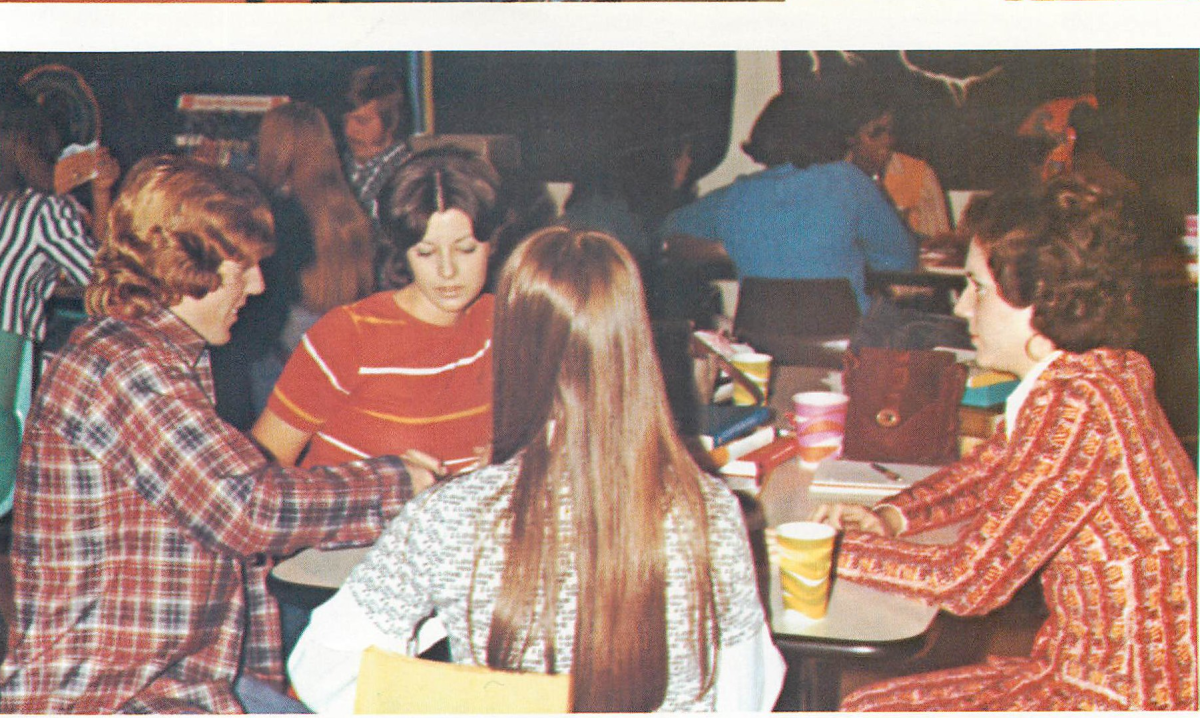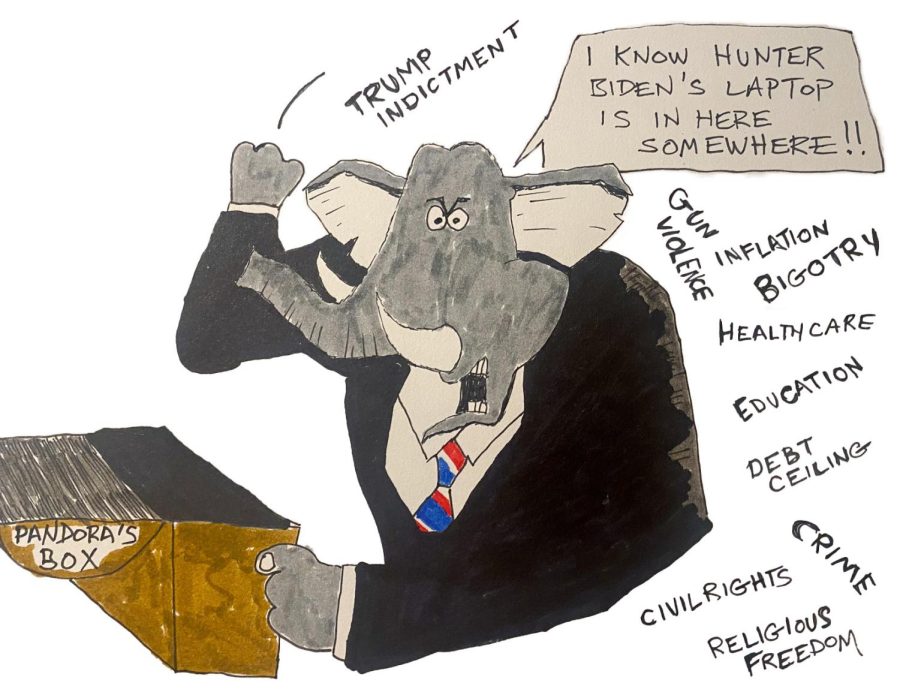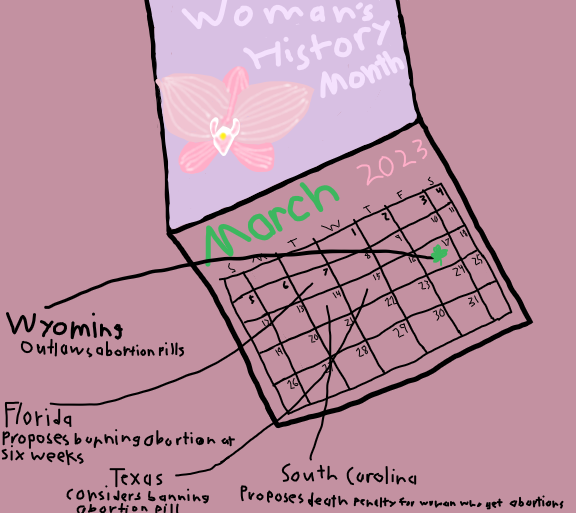“RATCHED” Review
A Sociopath’s Origin Story
Fans of thrillers and audiences seeking a new streaming experience now have access to a new series on Netflix called “Ratched” that is worth the watch.
The character, Mildred Ratched, was first brought to life by Louise Fletcher in Milos Forman’s classic film, “One Flew Over the Cuckoo’s Nest.” Nurse Ratched was a brutal, calculating woman, overseeing the male psychiatric ward. She was a symbol of entrenched power; to others, she was a cold antagonist. Mildred was an embodiment of what the patriarchy feared women would become if given the liberation they wanted badly. Those in between will enjoy “Ratched” because it shows how Mildred came to be a sociopath. It is her origin story.
Show producer Ryan Murphy often recycles the same actors and casts them for different roles at his leisure. One of his most reliable performers, Sarah Paulson, plays Mildred – before becoming the heartless woman we love to hate, she pops up in Lucia, California, set in the 1940s, to offer her services as a night nurse at a psychiatric hospital.
A new patient has been admitted into the hospital’s care – Edmund Tolleson, played by Finn Wittrock, who is fresh from murdering four priests – and she has a particular interest in getting close to him. There are no positions open at the hospital, and the interview invitation she has from the head of the hospital, Dr. Hanover (Jon Jon Briones), is forged. Mildred eventually manipulates her way into receiving an apology for the fraudulent mishap and is offered a job.
Spoiler Alert:
As the season progressed, viewers had hoped Mildred would surrender to her darkest self and gradually turn into the monster within. Unfortunately, that did not happen. There are similarities between this adaptation and the “One Flew Over the Cuckoo’s Nest” version of Nurse Ratched. She is calm, creepy and does crazy things to protect a person she loves. In one of the show’s most blatant homage to the original, Mildred intently watches Dr. Hanover as he performs his new miracle procedure, called the lobotomy (not a scene for those with weak stomachs). Although, as the series unfolds, she surprisingly softens.
The antagonist is named Gwendolyn. Dr. Hanover and Mildred’s apparent rival, the submissive Nurse Betsy Bucket (Judy Davis), is thrilling and affecting. Paulson is tremendous, being one of the very few actors capable of navigating a massive character arc.
Murphy may want to educate himself and possibly review his way of depicting mental illness. The man behind “Glee” and “American Horror Story” is known for the dramatization of his characters. Still, there is something a little off about his stereotypical representation of the hospital’s patients. By the end, just about every patient who is genuinely mentally ill has inflicted violence on themselves or someone else.
There are screen wipes, split screens; an old-fashioned thriller score and disorienting camera angles. At times, the characters will suddenly plunge into green or red light – it makes sense in a world as amplified and theatrical as this one.
Overall this is a thoughtful, moving depiction of the effects of trauma and owning one’s queerness and femininity. Fans are already demanding season two. For now, all eight thrilling episodes of season one are currently streaming on Netflix.

































































